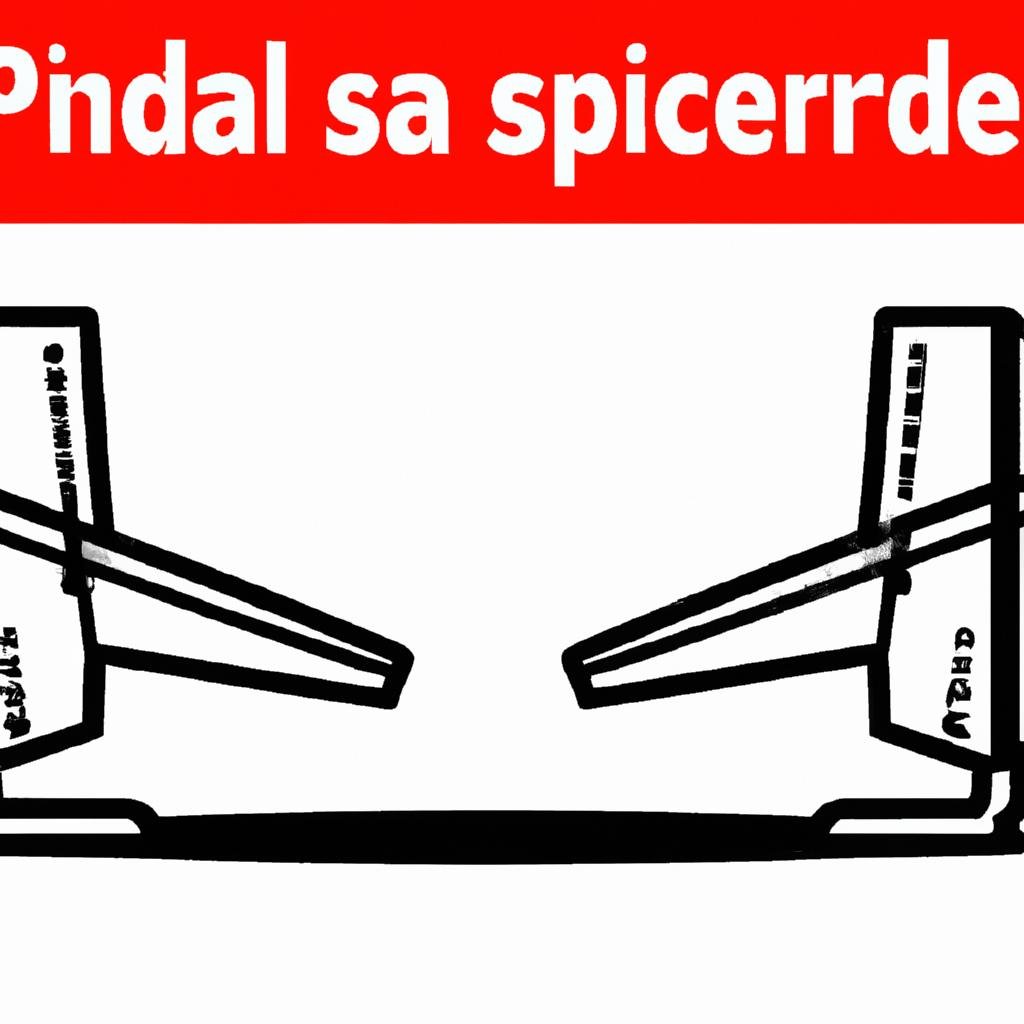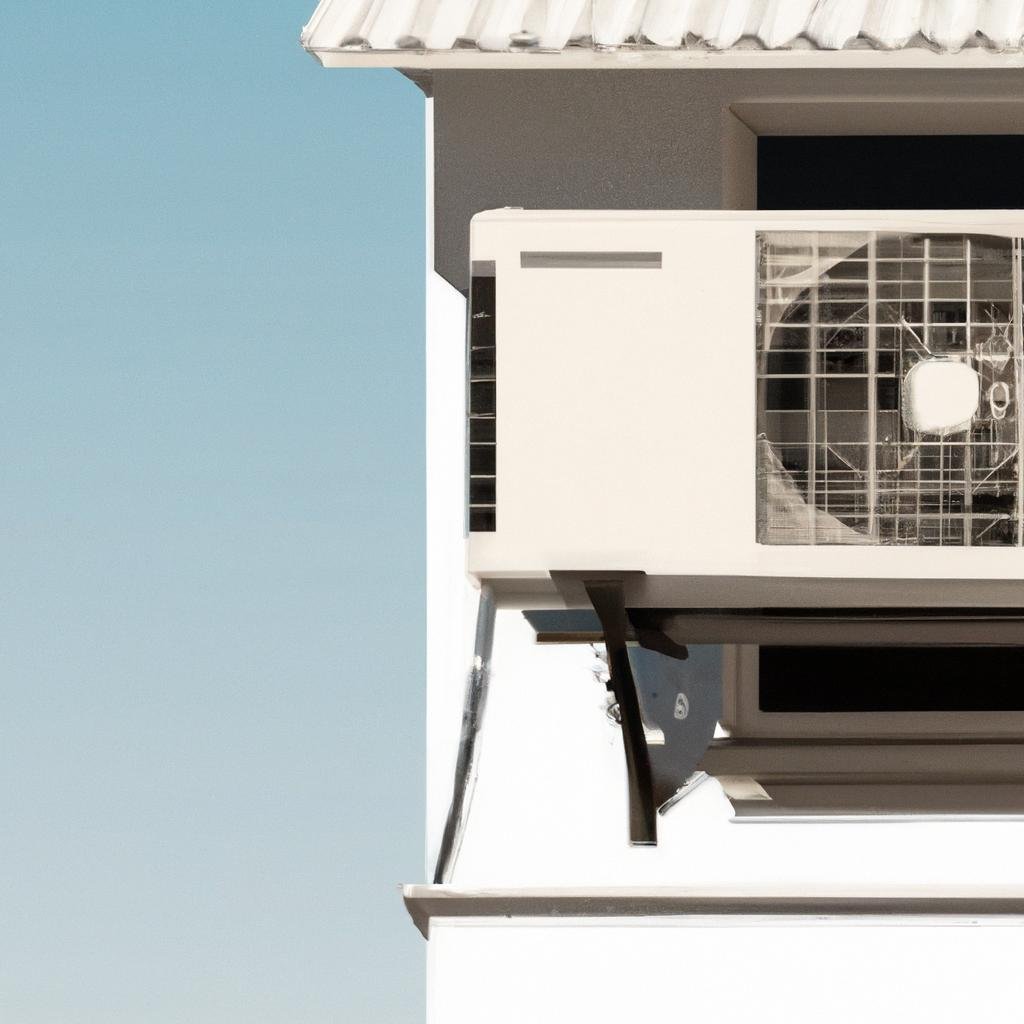We’ve all been there before. You’ve just received your shiny, new mini split. Excitement brimming, you’re ready to claim victory over those stubborn corners of your home that never quite adjust to the indoor weather. But hold your horses! The path to year-round comfort isn’t as easy as simply picking a spot and letting the installers do their thing. Not all locations are equal, and choosing a less than ideal location could potentially reduce the system’s efficiency. In this article, we’ll be your trusty tour guides, pointing out the danger zones you must steer clear of while deciding where to install your mini split. Welcome aboard, my friend! This enlightenment journey is about to begin.
Avoiding Trouble Spots: Wrong Places to Install Your Mini Split
Installing your mini split in the wrong place can jeopardize its performance, cause it to overuse energy, or even shorten its lifespan. It’s imperative to understand the trouble spots and make a smart choice to avoid future disappointments and unnecessary costs. Many people are under the misconception that any spot could work, but unfortunately, that’s not the case. However, knowing where not to install the mini split can save you from unwanted hassles or expensive mistakes.
Avoid mounting your mini split directly above electrical outlets . The constant moisture dripping can present a significant electrical hazard. Similarly, installing it too close to the ground might seem like a space-efficient solution but it increases the chances of dirt and dust clogging the system. Exceptionally sunny spots are to be avoided too, as it may result in the system overworking on hot days and consequently reducing its lifespan.
| Spot | Reason to Avoid |
| Above Electrical Outlets | Possible Electrical Hazards |
| Too Close to Ground | Increase in Dirt & Dust Clogs |
| Exceptionally Sunny Spots | System Overworks During Hot Days |
Also, avoid placing your mini split in the kitchen where steam and oils from cooking can often buildup, thus affecting its performance. Even the laundry room isn’t a good choice because of the high moisture levels. Lastly, steer clear from areas that are prone to leaks or flooding , the excess water might end up damaging your device.
- Avoid kitchen: Steam and oils could affect the performance.
- Avoid the laundry room: Doesn’t perform well in high humidity.
- Stay away from leaking or flooding areas: Protect your device from water damage.
Placement is everything when it comes to ensuring optimal functioning of your mini split. Always prioritise safety and practicality over convenience when choosing the spot for installation. Sometimes, the spot that seems the best might be a ticking time bomb causing unnecessary issues, so make your choices wisely.
Mini Split Mishaps: Understanding Poor Placement Pitfalls
When it comes to installing a mini split system, choosing the right location can greatly affect its efficiency and function. It’s easy to assume that any spot will do, but in reality, there are several areas you should avoid to prevent unnecessary mishaps. Here are some important guidelines on where not to place your mini split:
- Don’t install it where direct sunlight can strike. Excessive sunlight can overheat the system and affect its performance.
- Avoid putting it near areas where gases are released, such as chimneys or exhaust vents. The system could suck in these gases and deteriorate rapidly.
- Steer clear from high-traffic rooms or areas. Too much dust and debris in the air can clog the system, leading to reduced efficiency.
To further stress on the drawbacks of poor placement, let’s consider a few examples of common mishaps. A mini split system installed directly facing a large window can lead to system overload due to exposure to radiant heat. Likewise, a system placed in a busy kitchen, constantly exposed to oily fumes and heat, can result in a significant drop in efficiency.
| Placement | Drawback |
|---|---|
| Direct Sunlight | System Overload |
| Near Chimney | Rapid Deterioration |
| Kitchen Area | Reduced Efficiency |
By understanding these pitfalls, you can ensure correct placement of your mini split system and enjoy optimal energy efficiency and longevity. Remember, it’s not just about finding a spot where the system fits, but also considering how that location affects its operation.
Steer Clear of These Locations: Strategic Recommendations for Mini Split Placement
So you’ve finally decided to install a mini-split system in your home – congratulations! However, while these energy-efficient machines are a savvy choice, their positioning can make all the difference in ensuring optimal functionality. To avoid hampering your mini split’s performance, we’ve compiled a list of places where you should steer clear from when mapping out your installation plans.
Facing Windows:
Most people think placing a mini-split directly across from a window is a brilliant idea – afterall, the cool air will spread quickly, right? Wrong. The hot sunlight beating in can cause the system to overwork itself and result in higher energy bills. So, avoid playing the system against nature’s heater.
Other Heat Sources:
Juxtaposing your mini-split with other heat-generating appliances, like ovens and radiators, isn’t favourable either. This could deceive your system’s thermistor into sensing more heating is needed than actually necessary, causing it to run in a non-optimal manner.
Cramped Spaces:
Don’t hide your mini split in closets or other cramped spaces. It needs space to ‘breathe’ or else it can lead to overheat and fail.
Frequent Foot Traffic:
Also, don’t install your systems in areas of frequent foot traffic. The constant disruption in airflow can hamper its overall function.
| Good Placement | Bad Placement |
|---|---|
| Near the center of the room | Too close to the ceiling |
| Area with no obstructions | Area with frequent foot traffic |
| On the interior wall | Directly above heat sources |
To summarise, while installing a mini split, consider all the thermal influences, the space restrictions and footfall patterns in your home. Remember, smart placement equals unhampered function and a long, healthy lifespan for your mini-split system.
Practical Advice: Sidestepping Common Mini Split Installation Issues
If you’re contemplating on installing a mini split, it’s crucial to pinpoint the best location for it. Miscalculated placements can jeopardize the efficiency and longevity of the system. Here are a few areas you should refrain from installing your mini split:
- The Garage: It may seem convenient to install a mini split in a garage, especially for those employing it as an additional living or working space. However, garages commonly suffer from poor insulation and air leaks which could burden the mini-split system.
- Direct Sunlight: Though it is common to place outdoor air conditioning units in the sun, this isn’t the case for mini splits. Embarking on a sun-bathed house corner can cause the unit to overheat and malfunction.
- Near Doors or Windows: Installing it near entries or windows can lead to energy inefficiency as the conditioned air can escape outside easily. Plus, the continual opening and closing can make it harder for the unit to maintain a stable temperature.
Following the above, below is a handy table for recognizing which areas are best to avoid when looking at installing your mini split system.
| Location to avoid | Reason to avoid |
|---|---|
| Garage | Poor insulation leading to overworking of the unit |
| Direct Sunlight | Risk of overheating and malfunction |
| Near Doors or Windows | Leads to energy inefficiency and temperature instability |
By considering the placement of your mini split ahead of time and avoiding these common mistakes, you can optimize the performance of your system and extend its life span. Remember, a little careful planning pays well in the long run.
Q&A
Q: What exactly is a mini split system?
A: A mini split system is a type of heating and air conditioning system that doesn’t require ductwork. It allows you to control the temperatures in individual rooms or spaces.
Q: Where should I avoid installing a mini split system?
A: Great question! It’s generally not a good idea to install a mini split system near a door or window that opens and closes often. You should also avoid high-traffic areas, or places where the unit could be accidentally bumped or damaged, like in a frequently used hallway or near the kids’ play area.
Q: Why can’t I install my mini split system near a door or window?
A: The mini split system needs to be able to draw air in and send it out without any obstruction. If it’s near a door or window that opens frequently, the drafts can affect its efficiency and possibly even cause damage.
Q: Is a high-moisture area a good place to install my mini split system?
A: No, it’s not advised to install your mini split system in areas with a high moisture presence such as a bathroom or indoor pool. The excess moisture could potentially lead to rust, mold, and other issues that could damage the system over time.
Q: Can I install a mini split system over my fireplace?
A: It’s not recommended. Aside from the aesthetics being a bit awkward, the heat from the fireplace could trigger the sensor on your mini split system, causing it not to run correctly. Plus, the extra heat could potentially damage the unit.
Q: Is it okay to install my mini split system in my attic or basement?
A: While it’s technically possible, we wouldn’t recommend it. Extreme temperatures in those areas can affect the efficiency of your unit. Plus, it’s harder to enjoy the comfort of your mini split system if it’s tucked away in a corner of your attic or basement.
Q: Can I install the mini split system by myself?
A: It’s better to leave it to the professionals. Incorrect installation can lead to numerous problems and may void the warranty. It’s a complex job that requires expertise, so always hire a certified HVAC technician for the installation.
Future Outlook
In conclusion, the specificities of your space are as important as the limitations of your mini split when it comes to installation. Be it areas with dust and dirt, exterior walls exposed to harsh weather conditions, or crowded spaces, every location matters. Always remember: the well-being of your mini-split contributes significantly to your comfort. Our friendly advice is to consider these guidelines shrewdly, ensure a professional instals your mini-split in a safe, efficient spot, and voila, enjoy the bliss of a perfectly cooled or warmed haven. So long, dear reader, until our next amiable chat about all things HVAC – nurturing happy vibes inside your favorite places, one mini split at a time!

